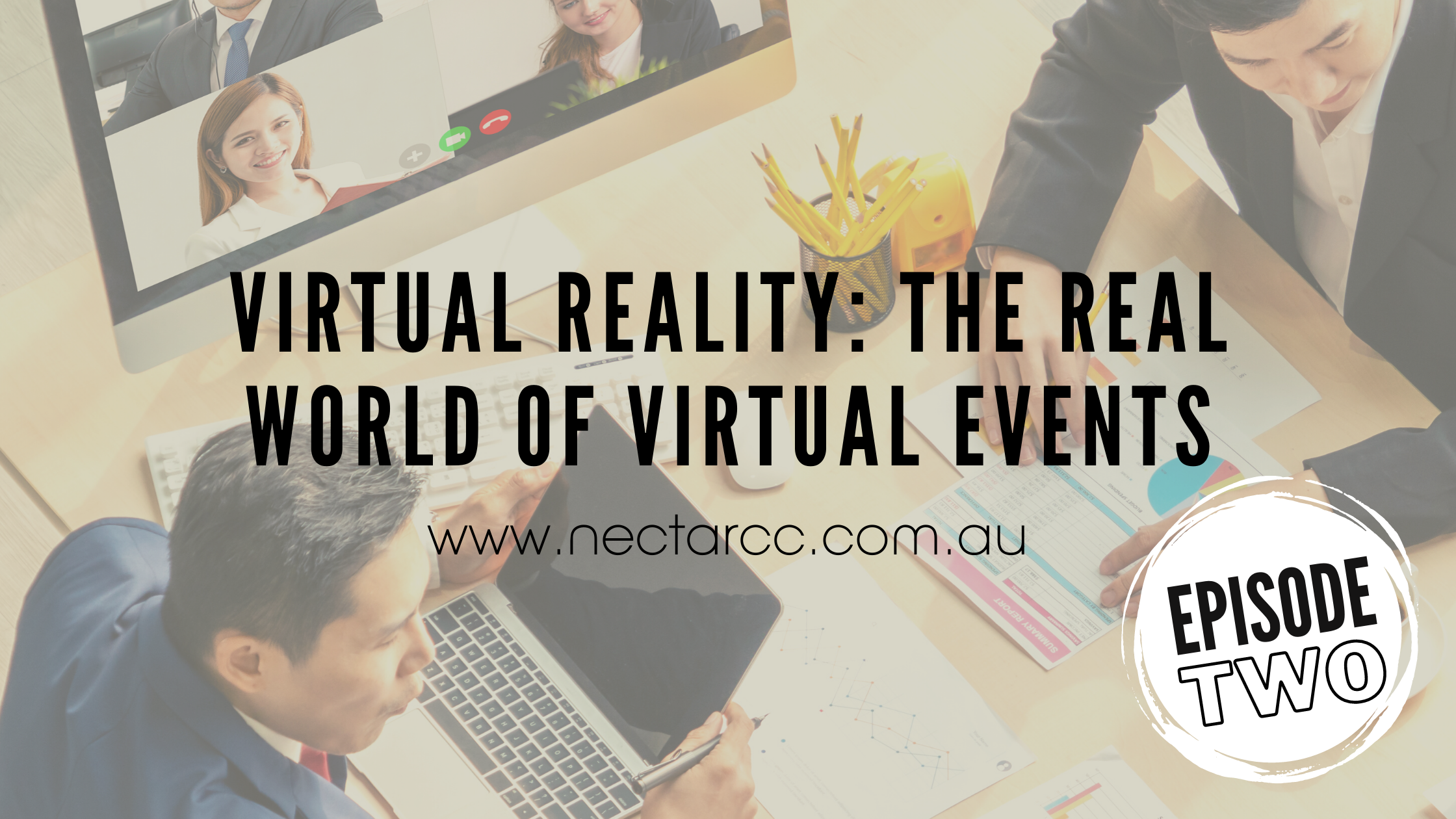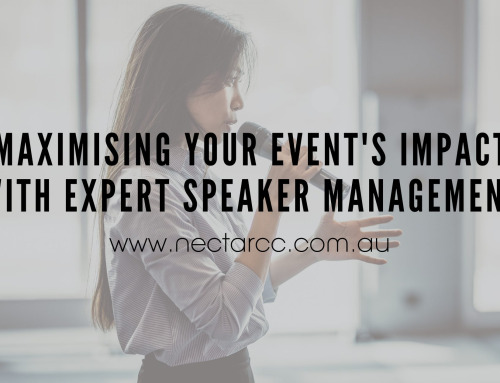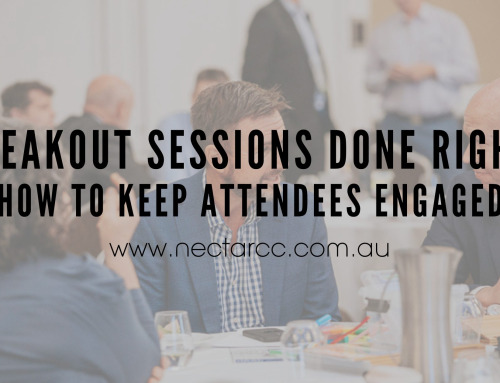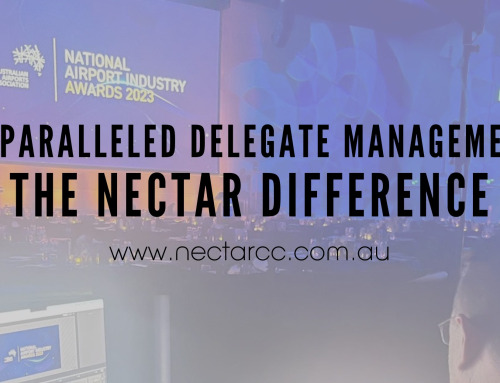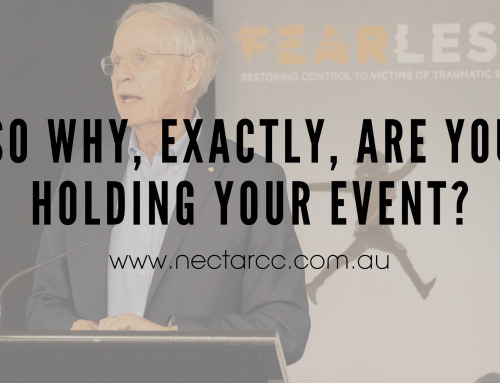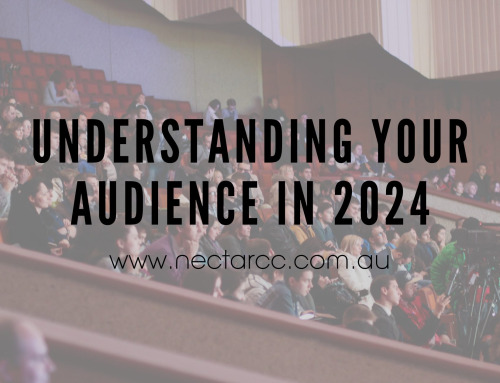Episode Two – It’s all about the content
“Pivot to virtual,” they said. So we did, and oh my, what an Everest-sized learning curve it has been. Let me premise this piece by saying virtual and hybrid events have without doubt been an effective solution in bringing people together to meet, collaborate and do business over the past 12 months. I would even go as far to say this new era of events and event tech has the potential to transform the industry, and elevate the role of the professional event planner. However, as with the diffusion of any new technology, online events come with their own unique challenges. This blog series will share our learnings, insights and musings from 12 months of delivering virtual events.
Bad content has nowhere to hide
I often like to compare the in-person versus virtual conference experience with watching a football match on TV versus going to a live game. Sitting in a crowd-filled stadium is a multi-sensory experience, if the game is not overly exciting there are plenty of other things going on to keep you entertained. A boring game on TV however? You’re likely to change the channel, reach for your phone, go make a cup of tea or turn the TV off all together. Chances are you have also invested time and money in obtaining tickets, planning and travelling to the live game, whereas the TV broadcast is quite disposable. Possibly you can watch a replay later – if you remember to.

As a result, the speaker-with-powerpoint, set-and-forget conference just isn’t going to cut it for a virtual audience. There is no atmospheric room, connection with the audience and speakers – or the promise of free champagne with interstate colleagues to keep people engaged despite uninspiring content. This means completely rethinking your conference programs to ensure the virtual audience is constantly engaged. This includes the actual content, program length and structure right through to the to-camera expertise of your speakers.
Events MUST be integrated into your overall communication strategy
And of course, this assumes that you actually have a communication strategy! You would be surprised at how many event owners don’t know the answers to the following:
- Why is the event being held?
- What are the objectives of the event?
- Who is the target audience?
- Why will they want to attend?
- What is the desired outcome of the event?
Being very clear on the answers to the above often requires being equally clear on the objectives of the organisation holding the event. Ideally there should be alignment with the two so the event provides ROI, instigates the behaviour or change you are seeking and helps to deliver the organisation’s overall objectives. Having a strategy also helps to ensure all stakeholders are singing the same tune and there is a ‘baseline’ by which to measure every decision made in the event planning process.

‘Knowing the why’ also helps to drive relevant and engaging content that puts your audience at the centre, rather than that cool speaker who messaged you on Linkedin! Virtual events can’t rely on an aspirational venue, expo freebies or fancy functions to attract your target audience. They will only jump online, and pay to be there, if there is a very compelling reason to do so.
Just like a relationship, sitting down and ‘doing the work’ every now and then on your event strategy will deliver events with outcomes, ROI and happy stakeholders.
Stay tuned for our next installment…..
Need help with workshopping your next strategy? Nectar Creative Communications are digital event strategy experts, who can deliver seamlessly on our virtual event delivery platform. Contact us and let’s talk about how we can help you with your virtual, hybrid or in-person conference or event.
